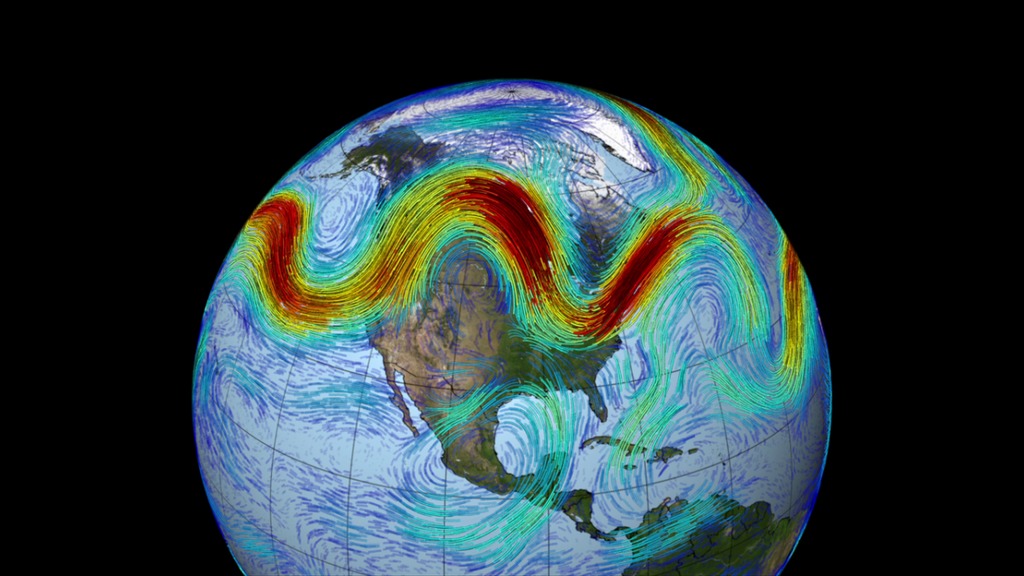A newer version of this visualization is available.
Daily Arctic Sea Ice during Aug & Sept 2012
This animation shows the Arctic sea ice melt from August 1 through September 13, 2012, the date on which the ice reached its smallest extent ever recorded in more than three decades of satellite measurements, according to scientists from NASA. The data is from the U.S. Defense Meteorological Satellite Program's Special Sensor Microwave/Imager. Every summer the Arctic ice cap melts down to what scientists call its "minimum" before colder weather builds the ice cover back up. This year the area covered 3.439 million square kilometers, that is down by more than 3.571 million square kilometers from the high of 7.011 million square kilometers measured in 1980. The size of this annual minimum remains in a long-term decline.
Note: Scientists at the National Snow and Ice Data Center, who calculate the sea ice minimum based on a 5-day trailing average, identified September 16 as the date when the lowest minimum extent occurred. NASA scientists who calculate area on each individual day identified September 13th as the date of the minimum sea ice, although there is little difference in size between the two days.
This animation shows the daily Arctic sea ice from August 1, 2012 through September 13,2012.
Credits
Please give credit for this item to:
NASA/Goddard Space Flight Center Scientific Visualization Studio
The Blue Marble data is courtesy of Reto Stockli (NASA/GSFC).
-
Visualizer
- Cindy Starr (Global Science and Technology, Inc.)
-
Animators
- Greg Shirah (NASA/GSFC)
- Lori Perkins (NASA/GSFC)
-
Producers
- Jefferson Beck (USRA)
- Patrick Lynch (Wyle Information Systems)
-
Scientists
- Josefino Comiso (NASA/GSFC)
- Robert Gersten (Wyle Information Systems)
-
Project support
- Laurence Schuler (ADNET Systems, Inc.)
- Ian Jones (ADNET Systems, Inc.)
Release date
This page was originally published on Wednesday, September 19, 2012.
This page was last updated on Wednesday, May 3, 2023 at 1:52 PM EDT.
Datasets used
-
Comiso's Daily Sea Ice Concentration
ID: 539
Note: While we identify the data sets used on this page, we do not store any further details, nor the data sets themselves on our site.

